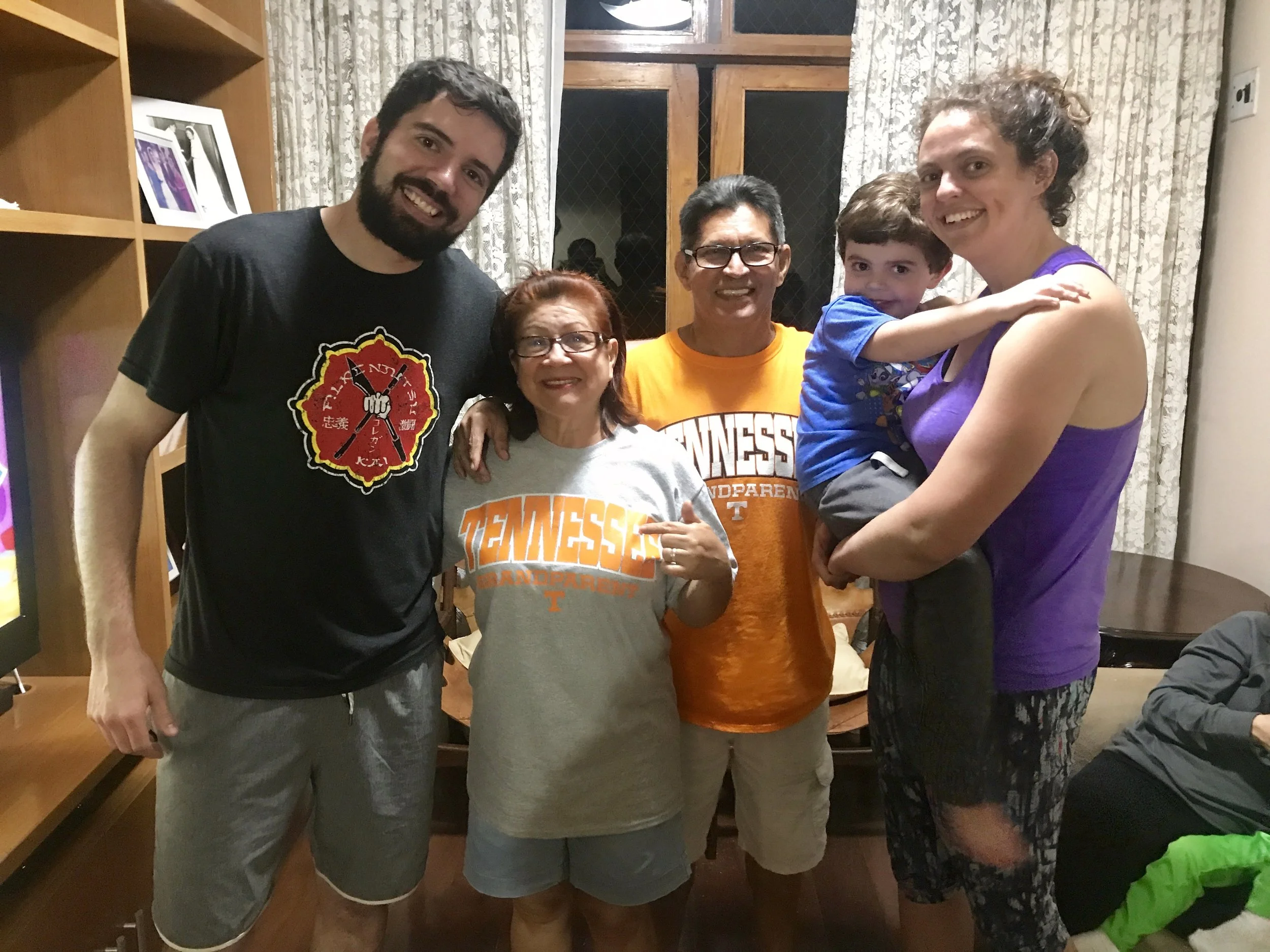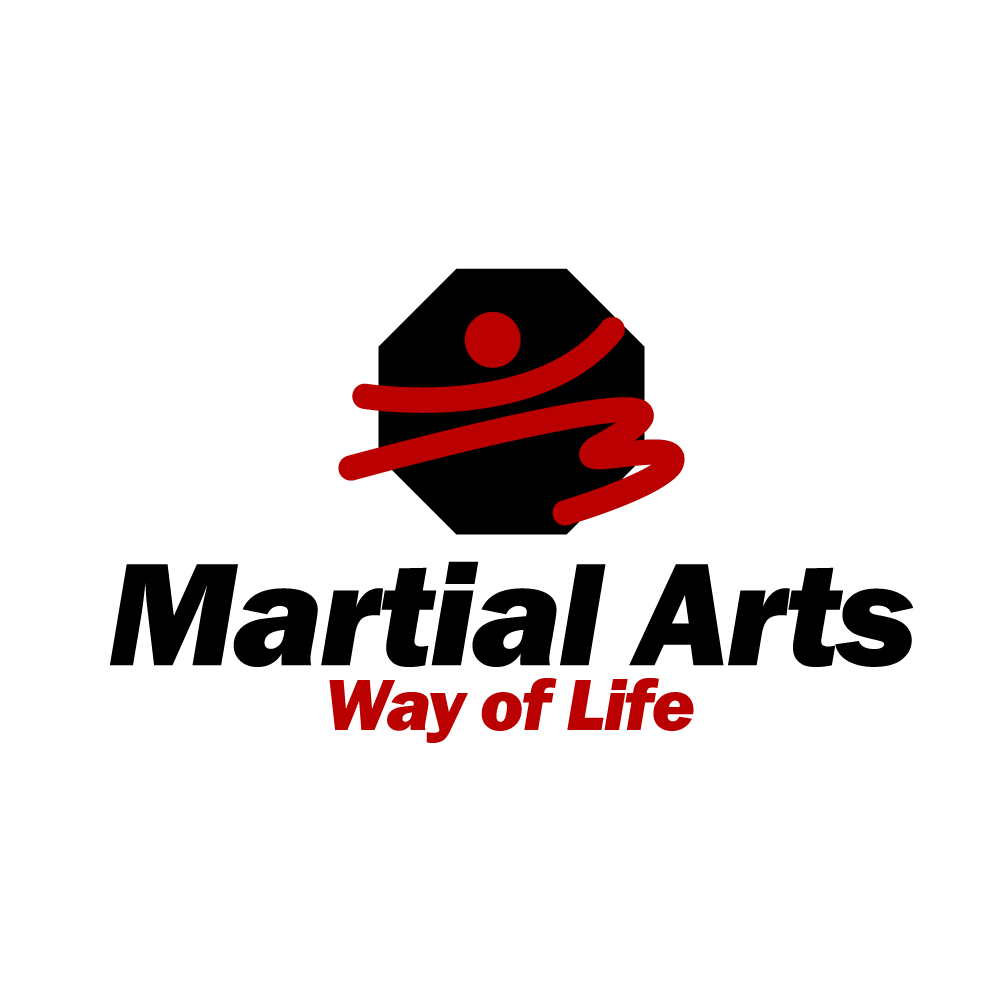On May 19, I took off with my wife, Brittany, and oldest son, Charlie, on what would be the trip of a lifetime. We spent 10 days in Rio de Janeiro, Brazil visiting my close friend and teacher, Felipe Costa, his wife, Ana, and his son, Bento. Charlie and Bento were born just 2 weeks apart and despite living almost 5,000 miles away are great friends!
I thought for the blog this week I'd share some of the posts and memories that we shared on Facebook throughout the week, all collected in one place!
Taking off from McGhee Tyson Airport in Knoxville, TN!
Day 1:
It's only been one day in Brazil, but we are having an incredible trip!
We came back to Felipe's house and unloaded/rested then took a long walk down Copacabana beach and Ipanema beach to Ana's parents' house where they cooked us a wonderful traditional Brazilian meal - feijoada.
So happy to be reunited with our friends!
Ana's parents were so welcoming, and cooked us a wonderful meal!
Day Two: Today we visited the botanical garden, the lagoon where the Olympics were held, and ate at a really nice Brazilian steakhouse. Bento and Charlie's friendship is really cute (as you'll see!).
We love this family so much! And are enjoying every second of time with them in their home, on the other half of the earth!
So today while visiting the Rio de Janeiro Botanical Garden we got to see a variety of wild monkeys! That by itself is really cool.
Now, while watching the monkeys, one of them snuck up on us, jumped in the stroller, and stole our unopened bag of snacks. He then took it up into the tree, shared with his friends, and later they all came down to retrieve the ones that they had dropped - even taking them from our hands!
It's crazy how you can be in one of the largest cities in the world and just a short walk away from the jungle.
DISCLAIMER: you should not normally feed animals in the wild or in a zoo, both for your safety and their health!
Day 3: This morning we took Felipe's son, Bento, to school and then spent the day exploring downtown Rio de Janeiro. We also went by Felipe's academy, Brazilian Black Belt, Terere's academy, and watched Professor Ricardo De La Riva teach De La Riva at De La Riva Jiu-jitsu!
Visiting Professor Ricardo De La Riva's academy!
On the way home tonight, we were picking up some Acai for dinner and ran into a group of kids walking home from Jiu Jitsu class. Felipe stopped them and asked them some questions about their training and then "fought" one of them in the street. 😊
P.S. - Authentic Acai is much different than the frozen bricks sold in the United States! Charlie still enjoyed it, and Bento LOVES it! Charlie is also a big fan of the subway we have discovered.
Day 4: Today we visited the top of Sugarloaf Mountain. It has an amazing view over Rio de Janeiro. This was one of our favorite moments so far.
Then Charlie and Bento went to Jiu Jitsu class! This was Charlie's first official Jiu Jitsu class and how cool is it that it was in Brazil?!
Afterward, Brittany and I stayed to train too. Felipe's academy, Brazilian Black Belt, is awesome and has a great group of people of all ranks to train with. You can tell who their teacher is because their technique was great, and the culture was good too!
Our Portuguese is improving little by little!
Day 5: We woke up early this morning and hiked to one of the Horto waterfalls! The water was freezing but we had to jump in!
Then later in the day, we visited the Christ the Redeemer statue which was voted one of the seven wonders of the modern world in 2012! Another unbelievable view of the city of Rio.
Then we packed up to spend the weekend in the beach town of Armação de Búzios (another city in the state of Rio de Janeiro).
Day 6:
This morning we visited Felipe's grandmother and her good friend Lola (who was Felipe's nanny)! Afterward, we spent the afternoon on the beach in Leblon before picking up Ana, Fernanda (Ana's sister), and Michelle (Felipe's long time friend, and Jiu Jitsu Black Belt) and driving to Buzios!
The classic drink on the beach in Rio - Matte!
We arrived to find out Felipe and Ana had surprised us with a house that was actually on the beach. We woke up each morning and opened the back door to a beautiful view of the beach and could step right off the patio and walk onto the sand.
After grabbing some dinner and lemon pie (Lemon pie is Felipe's favorite dessert and he swears this place has the best Lemon pie in the world - we all agreed!) in downtown Buzios, Felipe and I decided to jump in the COLD ocean, you only live once!
Day 7:
On our first morning in Buzios we took a walk on Geriba beach before heading out for some breakfast at a delicious local bakery. Brazilian breakfasts typically have lots of bread and cheese. Delicious!
We then went back to the house for naps. That afternoon we walked to Ana and Fernanda's cousins' place for some Acai.
We went out again Friday night for some bruschetta and pizza and of course, more lemon pie!
Day 8:
Today we woke up, went out for breakfast, and walked down to a different beach in Buzios where we spent the afternoon swimming, playing and relaxing. The water felt great and Charlie really loved it!
At the end of the day, we walked down to another beach in Buzios to eat dinner watching the sunset on our last night in Brazil. That was followed up by some lemon pie downtown of course!
Day 9:
This is our last day in Brazil! Brittany and I woke up to see the sunrise over our beach and I spent the morning reading.
Once everyone was awake, we ate a wonderful breakfast at our house and walked down to one more beach to say goodbye to Buzios. And grab one more bowl of Acai!
We then drove back to Rio and packed up to come home. Saying goodbye brought tears to everyone, and we can't wait until we see each other again!
This was a trip we will never forget. Our friends live in a beautiful place, but it was them that made it so special. ❤️
All pictures from this trip were taken on my iPhone. It's so fun to be able to capture these amazing pictures with something we take with us everywhere and that fits in your pocket!

































